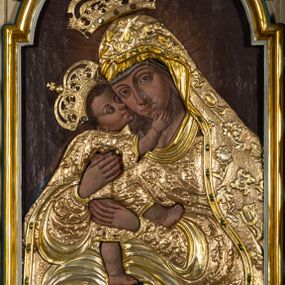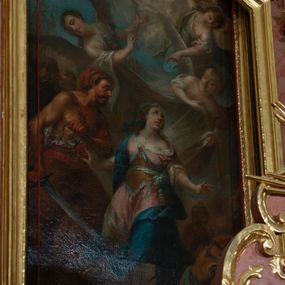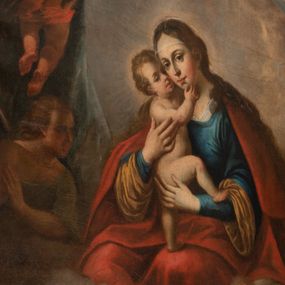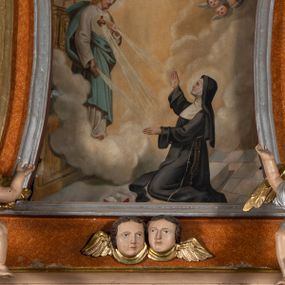
Nowa Biała
Elaboration author
Artur Karpacz
Monuments
Parishes
History abstract
Settlements near Nowa Biała date back to the Paleolithic period, when the nearby Obłazowa Cave was inhabited by Neanderthals. Many thousands of years later, in the Middle Ages, the Tatar troops swept through Spiš and Zamagurie in 1241, destroying the settlement of Burek, most probably located in the place of today's Nowa Biała. The first recorded reference to the village dates back to 1455, when the village was a part of the so-called Dunajec estate with an administrative and economic centre at the castle in Niedzica. Shortly afterwards, the estate passed under the rule of the Zapolya family, and then the Łaski and Horváth-Palocsay families. From 1597, Nowa Biała belonged to the Stansith family (Stansith de Gradec) from Strážky, who converted the local parish church into a Lutheran congregation. At the end of the 17th century, Emperor Leopold I conferred the right to the village to hold weekly markets and three fairs. The settlement had about 250 inhabitants at that time, but in years 1709-1711 Zamagurie suffered a terrible plague epidemic which drastically reduced the population of the region. After the partitions of Poland at the end of the 18th century, the Austrian Empire strengthened its authority in Spiš. The Stansith family from Strážky held Nowa Biała until the beginning of the 19th century. The village was inhabited by about 800 people at that time, although the indicators showed a decrease due to high mortality and economic migration. After the end of World War I, in 1920, the Conference of Ambassadors granted the rights to Zamagurie to the revived Polish nation. The new government faced a difficult task to reorganise local governments and education system, as well as get rid of the relics of serfdom. In September 1939, Slovak troops supported by Wehrmacht troops occupied Spiš. The border with the General Government was set out on the rivers of Biała and Dunajec. High food quotas led to a difficult material situation of the inhabitants of neighbouring Podhale region, forcing the activation of secret trafficking routes of food and industrial products from Zamagurie to Lesser Poland. In January 1945, Soviet troops "liberated" the region, and two years later the interwar border was restored. The 1950s and the 1960s were a period of intensive modernisation of the village by means of electrification and numerous construction initiatives (school, fire station and health centre). From 1986, Nowa Biała had a small ethnographic museum called Spiska Izba. These days, the tourists are attracted by the unique architectural layout of the village and the nearby Biała river gorge.
How to cite?
Artur Karpacz, "Nowa Biała", [in:] "The Sacred Lesser Poland Heritage", 2025, source: https://sdm.upjp2.edu.pl/en/places/nowa-biala-1



